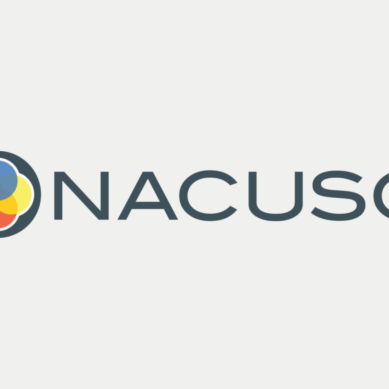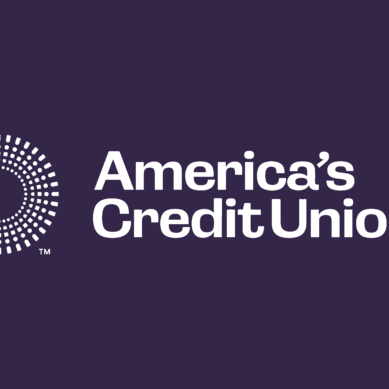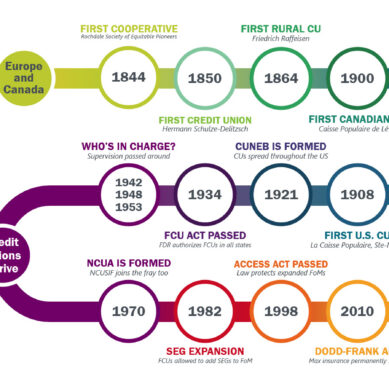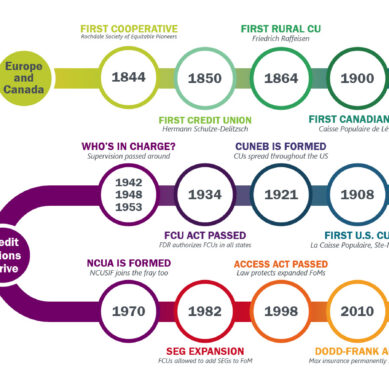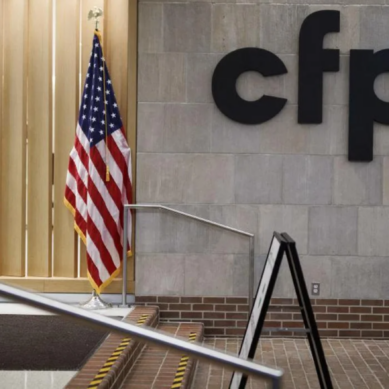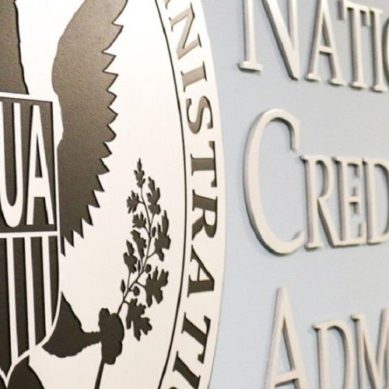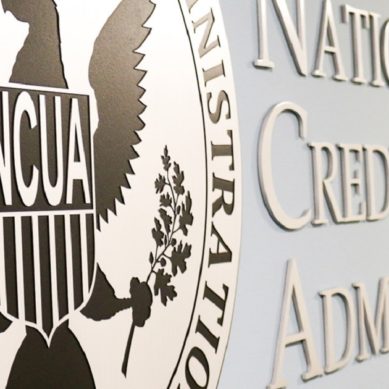This article first appeared on ChipFilson.com
The most critical threats to credit unions’ future are not external, but internal.
Taxation is merely an ongoing PR gambit that both sides use to reload their lobbying coffers. The decline, or demise, of the credit union option won’t be from competitors, regulatory adjustments, or rapid technology change; it will be from failure within.
Cooperative design provides an unmatchable competitive advantage against all foes. In credit unions, the users are also the owners. In all other firms, the objective is to extract a profit from consumer relationships to pay another group, the shareholders, a superior market return.
The internal distancing
Over the past several decades, CEOs and boards have moved further and further away from their members. The owners no longer have a meaningful role except for making transactions. The required annual meetings often do not allow members to attend, let alone participate. Members are merely customers whose interests are subordinate to the institutional ambitions of the “elected” leaders and the board’s chosen CEO.
Washington’s faux tax strategy
The current effort in Washington state with bankers sponsoring legislation to tax state credit unions that buy banks, is a creative PR move. But it is not a threat to coop institutions. Most Washington charters have no interest in a bank purchase. In the several states that already tax all state charters, this has not stopped those firms from growing and competing. Think Indiana’s FIT tax.
Moreover, as in many tax situations, the workarounds negate any real impact. For example, a credit union could buy an out-of-state bank or convert to a Federal Credit Union to avoid the local tax. This law change would not endanger any credit union’s future. However, it does focus the spotlight on the internal divorce now occurring between credit unions’ leaders and the member-owners.
A growing estrangement
Has a credit union member ever suggested that their organization use its collective reserves to buy out a bank’s shareholders at a premium over the market? It could never happen.
Credit union leaders would never ask owners for their thoughts, let alone their approval. The members are rarely told the terms of the offer (unless the bank is publicly owned) while the bank owners, who must approve it, are given all the details. Bank buys are an executive strategy, not a member-facing one.
Purpose versus practice
The Washington state tax initiative is a creative effort to highlight the increasing incongruity between credit unions’ stated purpose and present practice. Credit unions were not chartered to buy banks but rather offer consumers a better value proposition with an ownership role versus traditional banking options.
The leaders of credit unions buying whole banks have moved away from their owners and communities as their primary mission. They use the member’s reserves to purchase other firm’s financial assets, which provide no direct member benefits. It’s the bank’s shareholders who are the winners.
The democratic model and get rich quick
The history of political democracies from ancient Greece and Rome through modern-day examples shows that outside forces rarely subdue a democratic opponent. Rather, democracy fails from within. Leaders, initially elected, use their positions to further their self-interest, longevity, and ambitions versus serving the interests of those who put them in place.
In the first quarter of 2025, NCUA lists 35 credit unions as “failures.” However, the word used was mergers. Yet reviewing the list, most are financially sound, long-serving, and in many respects focused on local community contributions. These charter cancellations are leadership defaults, not financial failures.
For the past decade, mergers have increased as a central growth strategy for some credit unions. Recently, a series of large billion-dollar mergers have been announced. In the DCU (Massachusetts) and First Tech (California) $26 billion combination, the two firms are almost 3,000 miles apart. The press release did not specify a single concrete member benefit. If you want more information, a member-owner is directed to contact the Silicon Valley PR firm managing the communications.
Follow the money
In this and other large mergers, there is no benefit described that the individual credit unions cannot deliver themselves. Instead, in these and in many smaller mergers initiated by retiring leaders, they are a get-rich-quick scheme for a few senior executives, or a retirement topping off.
Retiring leaders who have gained a professional career and standing eliminate that opportunity for others and the owners’ legacy of loyalty. In return, the departing CEO receives an enhanced payout or an extended sinecure.
The end result of these mergers and bank transactions is that the credit union system has been pirated away from its ownership roots. These entities then pad the budgets of regulators, system coordinators, and their professional operators whose focus is size—both assets and compensation—not the member-owner’s and community needs.
Disruptive leadership is necessary to reverse a system in which cooperative leaders have abandoned the advantage that built the system’s current prominence. Taxation is not a disrupter and could even accelerate these bank-like maneuvers using a “level playing field” justification.
Gaining back the co-op advantage
The secret to winning in a competitive market is to define the game you want to play, not play the game you find. Credit unions built their success around a unique cooperative model.
Placing institutional priority on external acquisitions is neither new nor unique in market economies. It is merely a bidding contest, whether done via mergers or for bank purchases. It is how monopolies are constructed- the ultimate capitalist ambition.
There is no current body nourishing the sustainability of cooperative financial services. If the credit union system is to remain viable, it will require new energy and coalitions formed by leaders pushing to the front. Not to fight taxation, but internal subversion, and in some instances corruption, undermining the cooperative model.
